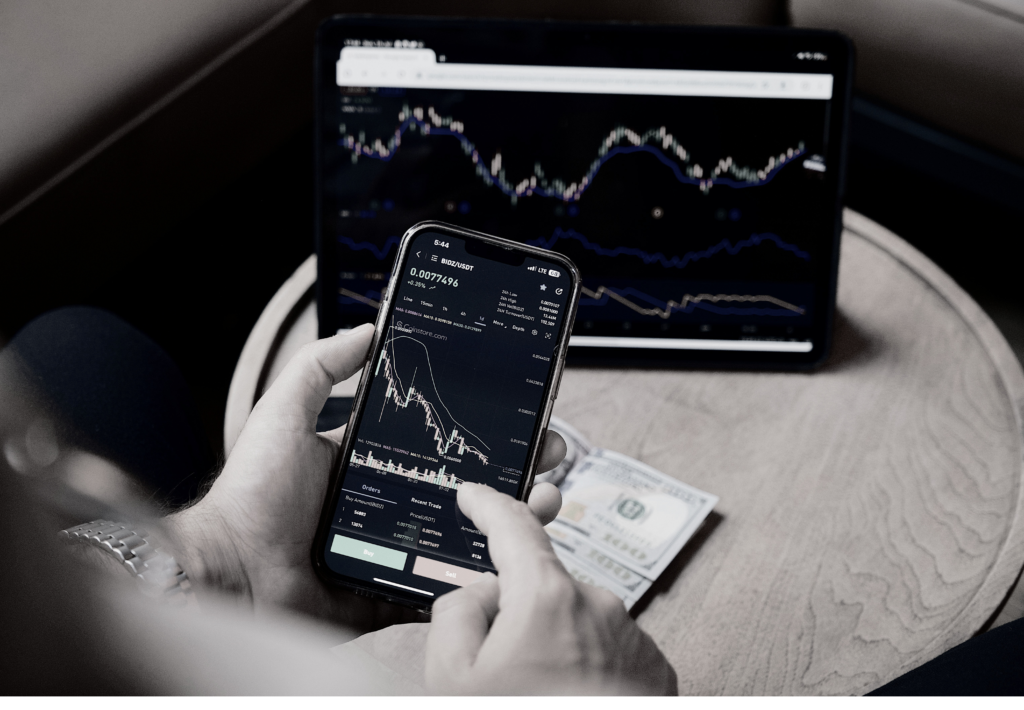NASA Astronauts Return After Nine-Month Space stay
Home Articles Business Development Marketing Digital Marketing Product Strategy Supply Chain News Governance & Leadership General Technology & Innovation Trade & Supply Chain About Us Contact Legal X After an unexpected nine-month stay aboard the International Space Station (ISS), NASA astronauts Sunita Williams and Barry Wilmore are finally returning to Earth today, March 18, 2025, at 21:57 GMT, according to sources. What began as an eight-day mission in June 2024 became an extended space odyssey due to technical issues with their Boeing Starliner spacecraft. The astronauts’ return was made possible by a joint NASA-SpaceX mission. A SpaceX Crew Dragon capsule, part of the Crew-10 mission, docked with the ISS earlier this week, paving the way for Williams and Wilmore to begin their 17-hour journey home. Alongside them are NASA astronaut Nick Hague and Russian cosmonaut Aleksandr Gorbunov, who will also return aboard the Dragon capsule. The mission became prolonged because of thruster failures and helium leaks in the Starliner spacecraft, which was deemed unfit for the return journey. This left the astronauts stranded on the ISS while NASA worked on a solution. Despite the challenges, the astronauts remained in good health, thanks to routine medical evaluations and dedicated flight surgeons monitoring their condition. Upon their return, the astronauts will undergo a strict rehabilitation protocol to help their bodies readjust to Earth’s gravity. This includes guided exercise, nutritional plans, and medical evaluations. Experts warn that extended time in microgravity can lead to muscle loss and other health issues, making this recovery period crucial. This mission highlights the importance of international and inter-agency collaboration in space exploration. The Crew-10 mission not only facilitated the astronauts’ return but also brought four new crew members to the ISS, ensuring the continuation of vital scientific research. Apple’s retail outlook Apple has also opened new stores in Bengaluru Pune, Delhi and Mumbai offering a range of Apple products including iPhones, Ipads Macs, and Apple watches among other accessories. This expansion highlights Apple’s commitment to strengthening its market presence in India Annual exports are projected to exceed $10 billion for the fiscal year 2024, with predictions that Apple’s sales in India could reach $33 billion by 2030. Post tag : Founder, Chief Content Officer & Web Developer Categories General Supply Chain Business Development Product strategy CRITICAl Thinking Recent Post US implemented 25% tariff on steel and aluminium imports Amazon has announced full control of the James Bond Franchise Delta Air Lines Plane Crash in Toronto: No Fatalities Despite Severe Incident Subscribe Please enable JavaScript in your browser to complete this form.Please enable JavaScript in your browser to complete this form. * EmailConfirm EmailSubscribe to receive weekly updates on the latest news, articles, and business insights from EverythingEmakess. Subscribe Everything with Emakess.Be in our past. Be in our Present. Grow with us Quora Tumblr Get In Touch work@everythingemakess.com 24/7 Quicklinks Menu Home Articles Business Development Marketing Digital Marketing Product Strategy Supply Chain News Governance & Leadership General Technology & Innovation Trade & Supply Chain About Us Contact Legal Newsletter Please enable JavaScript in your browser to complete this form.Please enable JavaScript in your browser to complete this form. * EmailConfirm EmailSubscribe to receive weekly updates on the latest news, articles, and business insights from EverythingEmakess. Subscribe Copyright © 2024 EVERYTHINGEMAKESS Privacy Policy Terms & Services
NASA Astronauts Return After Nine-Month Space stay Read More »





